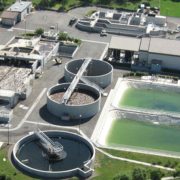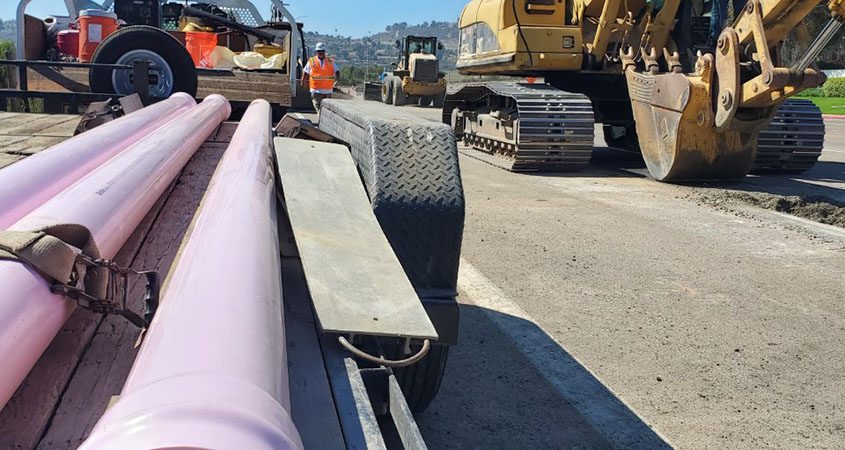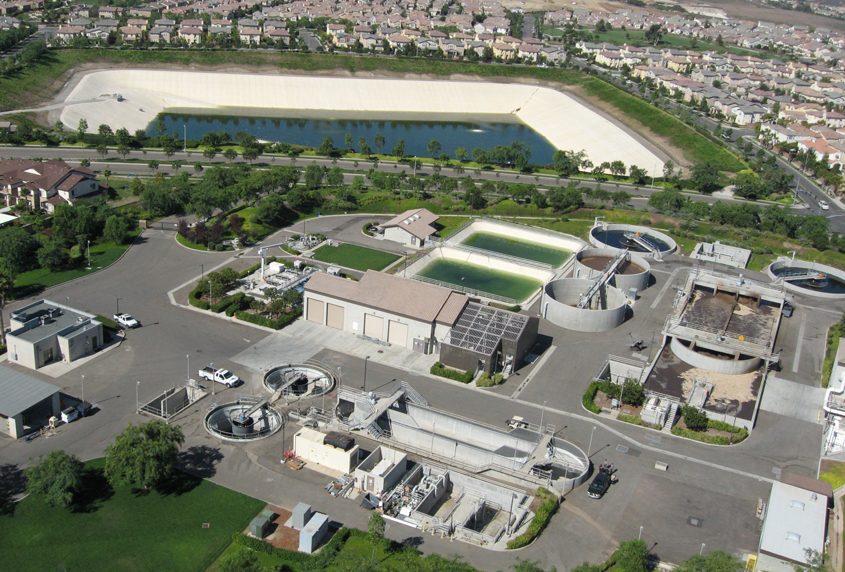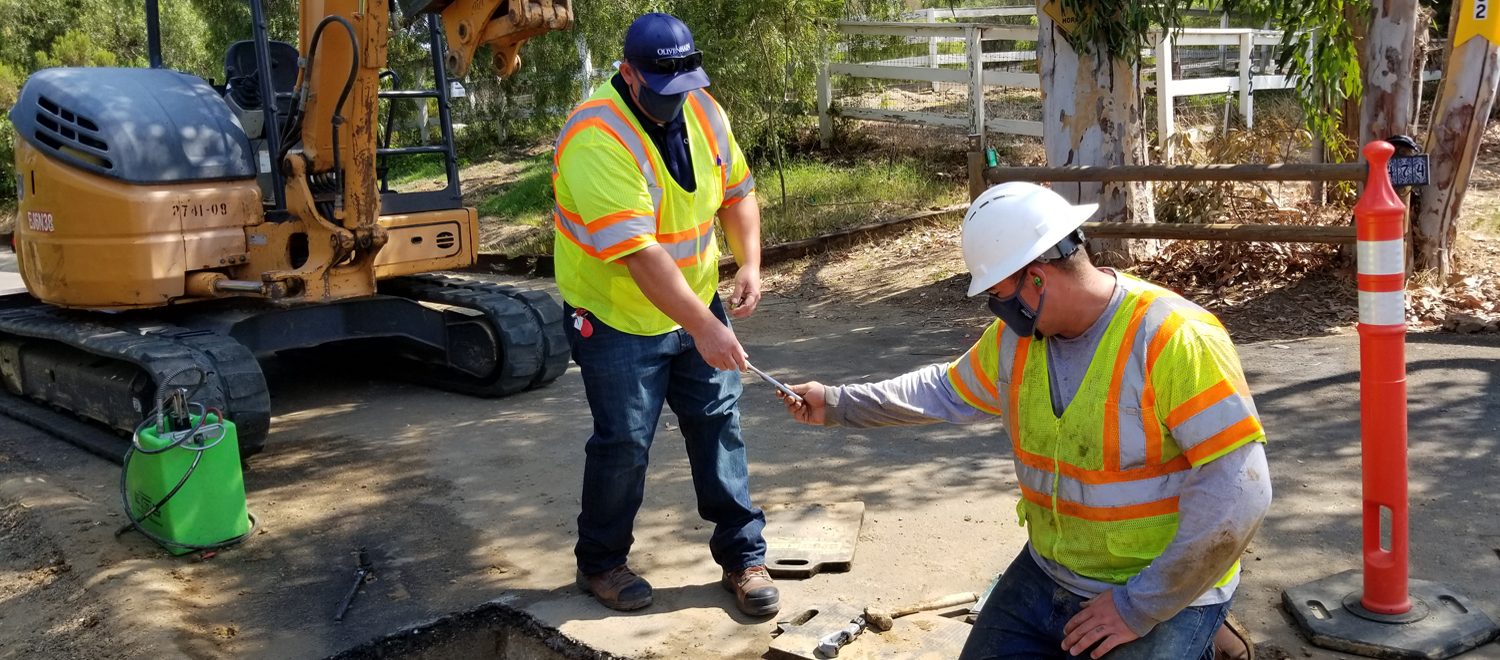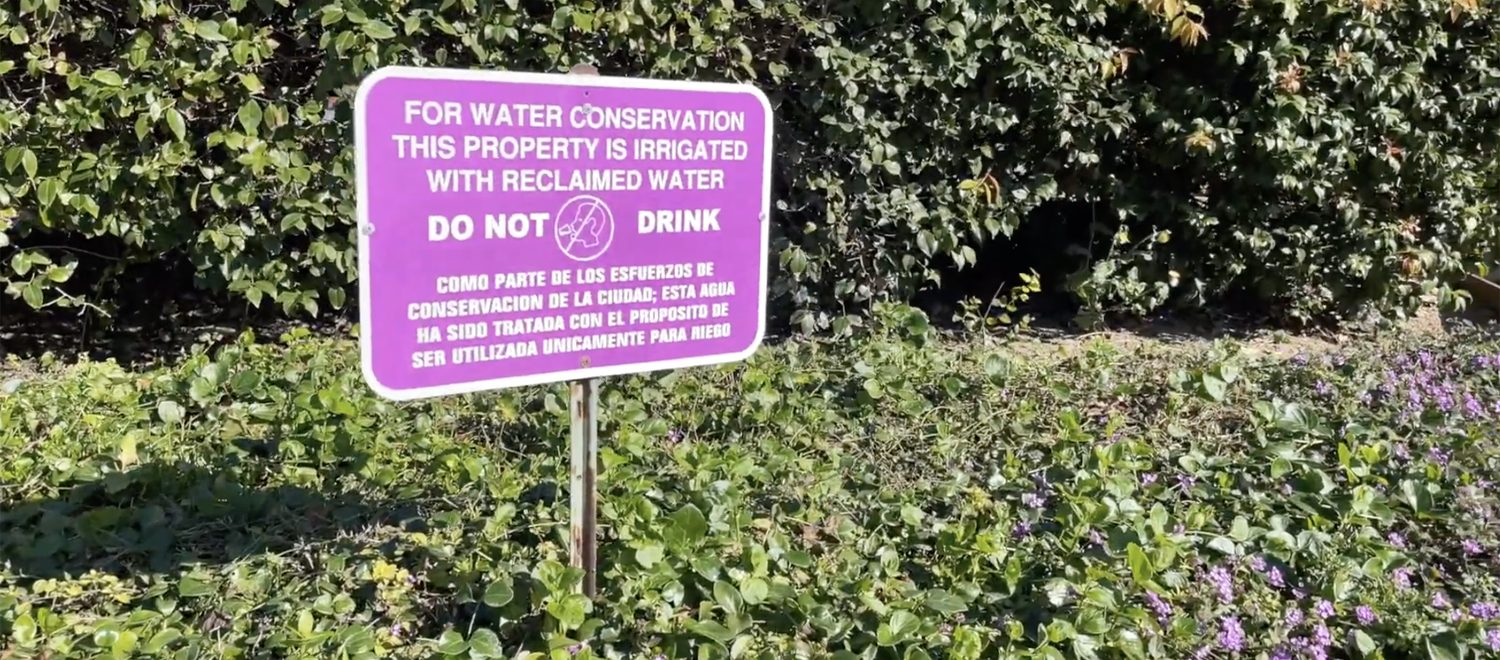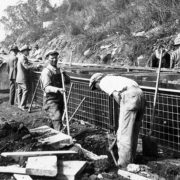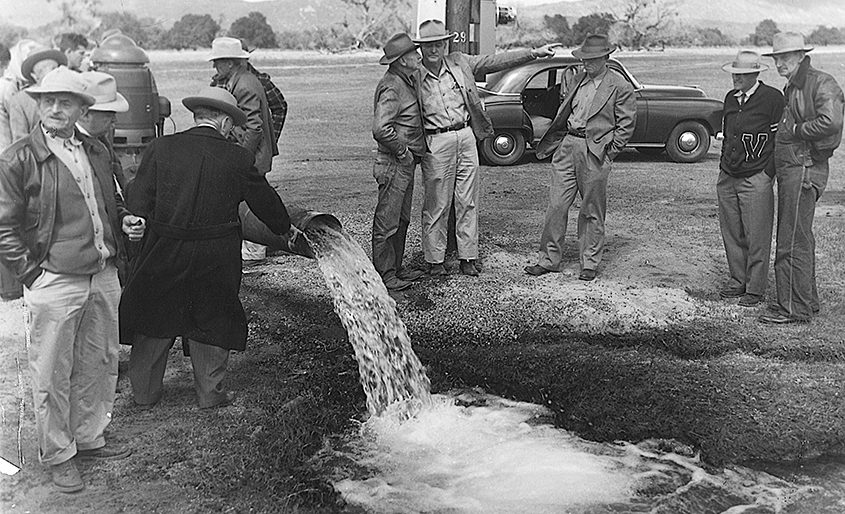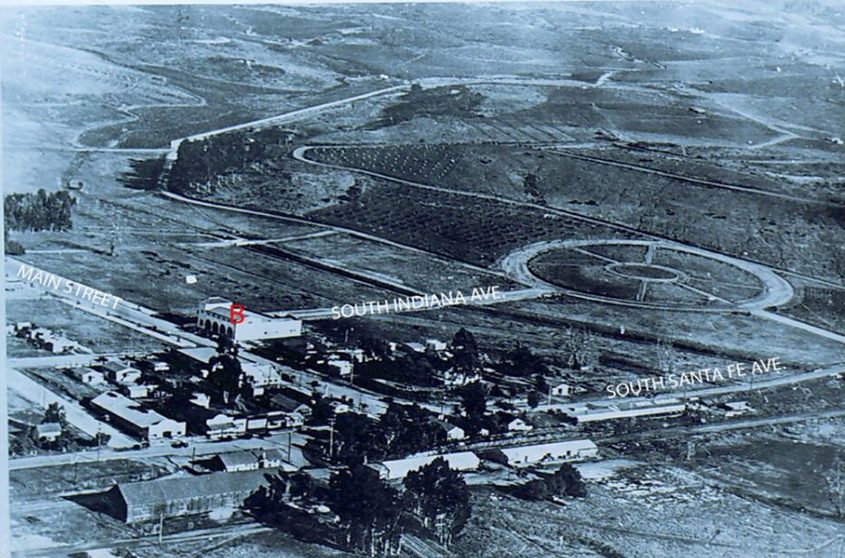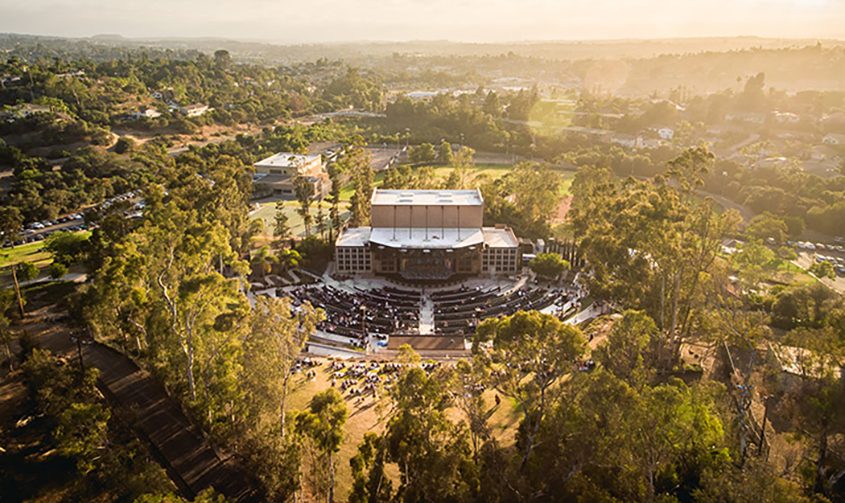Water Authority Earns National Conservation Innovation Award
The San Diego County Water Authority was recognized with a national award from the Alliance for Water Efficiency for programs that help county residents and businesses conserve water. The Water Authority earned the 2023 Utility Innovation Award for developing and deploying of one of the first and most comprehensive multi-benefit water-use efficiency incentive programs in the nation, in partnership with the County of San Diego.
The partnership combines the strength of the region’s wholesale water supplier with the county’s stormwater department, which together have co-funded incentive and educational programs that produce both water supply and water quality benefits.
Water Authority recognized with national award for regional partnership
The partnership also includes a technical assistance program, the Landscape Optimization Service, which helps large landscape owners replace turf grass with sustainable landscaping. In addition, the Water Authority launched the “Multi-Benefit Stacked Incentives Learning Network” to bring together its 24 member agencies and 21 stormwater agencies to foster investments with multiple benefits.
The Alliance for Water Efficiency is a national nonprofit organization headquartered in Chicago dedicated to the efficient and sustainable use of water. The organization advocates for water-efficient products and programs and provides information and assistance on water conservation efforts.
Innovative programs
“The Alliance for Water Efficiency was thrilled to present the 2023 Utility Innovation Award to the San Diego County Water Authority,” said AWE President and CEO Ron Burke. “The Water Authority … has been a longtime, trusted partner in this work. Our staff was excited to present this award in recognition of their innovative programs to provide services to their customers that conserve water and advance water efficiency throughout San Diego County.”
In addition to its partnership with the county, the Water Authority regularly works with other agencies to promote water efficiency as a way of life. Since 2021, the Water Authority has partnered with SDG&E to install water-efficient toilets along with energy saving devices for income qualified residents.
“Helping water users improve efficiency reduces the need for imported supplies as we embrace sustainable practices,” said Mel Katz, chair of the Water Authority’s Board. “This award highlights successful efforts by the Water Authority and its partners to ensure San Diego County can sustain our safe and reliable water resources for the long-term.”
Earlier this year, the Water Authority secured $3 million from DWR’s Urban Community Drought Relief Grant and $250,000 from the Proposition 1, Round 2 IRWM Grant to expand the program, bolstering the agency’s long-running efforts to enhance water affordability. The program is also funded through a partnership between the Water Authority and the Metropolitan Water District of Southern California.
(Editor’s Note: For rebates, classes, and water-saving tips go to: sdcwa.org/your-water/conservation/.)


